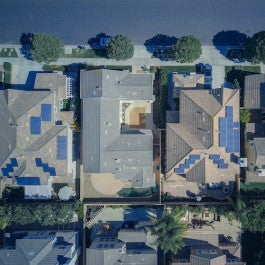Probably a move to counter California Utility pushing for $70-80 connection fee a month to the solar customer

 www.solarreviews.com
www.solarreviews.com
3) Prevent consumers from carrying forward their unused solar credits from month to month. Currently solar users may carry forward their unused credits month to month for one year before they expire.

NEM 3.0 in California: What homeowners need to know about Net Billing
NEM 3.0 is here, with a new type of solar rate plan called Net Billing. There's reduced compensation for excess solar energy and increased incentive to install batteries, but you can still save money with solar in California
What the utilities proposed
1) Charge consumers the highest solar fees in America – up to $91/month- SDG&E residential customers would pay $91/month on average just to have solar on their roof. PG&E customers would pay $86/month; SCE customers would pay $56/month. This is based on a typical 6 kilowatt residential solar system.
- Non-residential customers would also be hit. A typical school, for example, wanting to invest in solar would be charged an unavoidable $950 monthly fee in PG&E territory, $1,100 in Southern California Edison territory, and $3,400 per month in the San Diego area. This is based on a 250 kilowatt commercial solar system
3) Prevent consumers from carrying forward their unused solar credits from month to month. Currently solar users may carry forward their unused credits month to month for one year before they expire.
Last edited:


